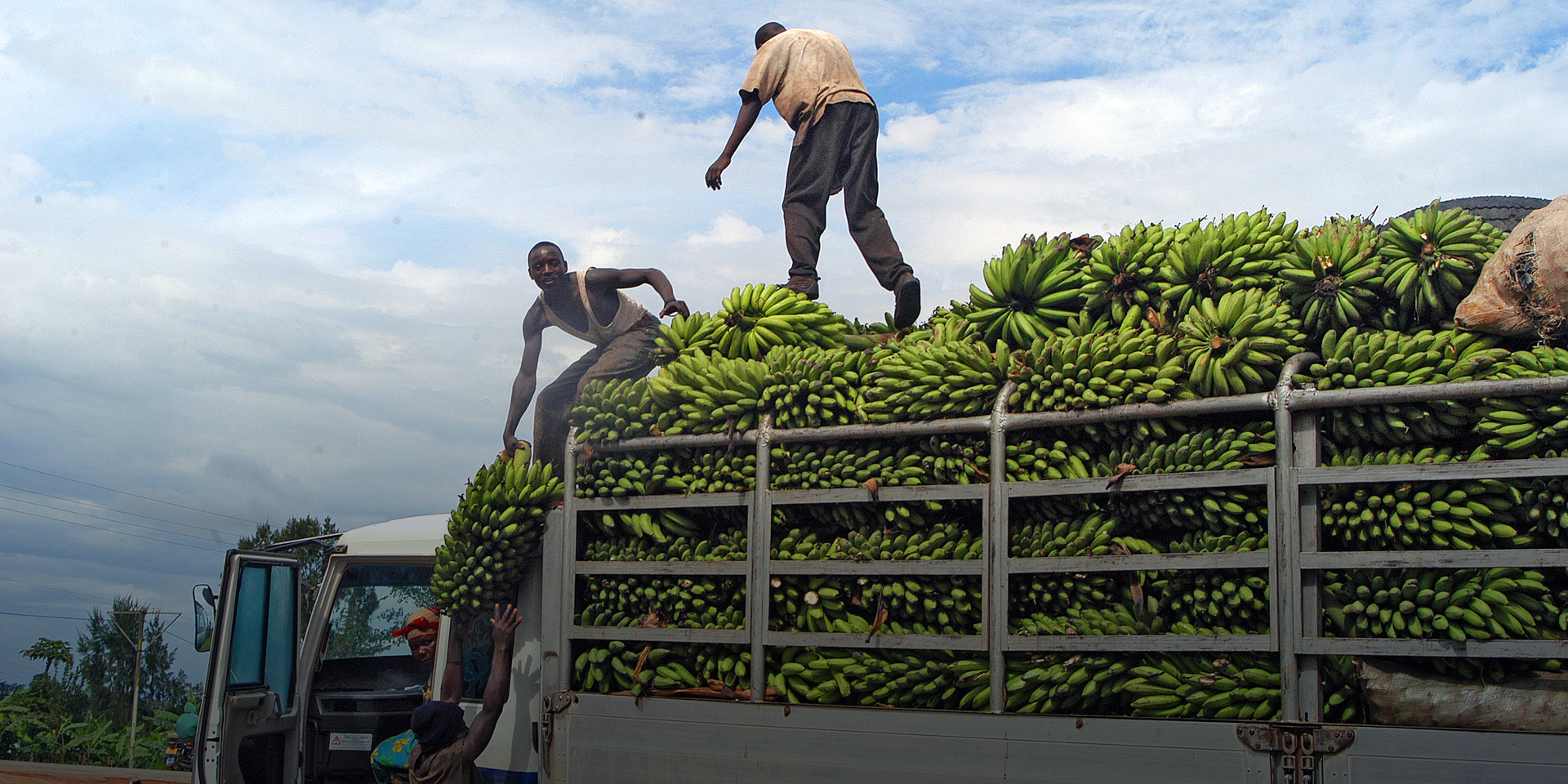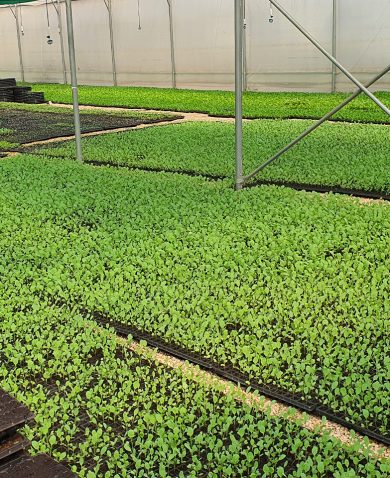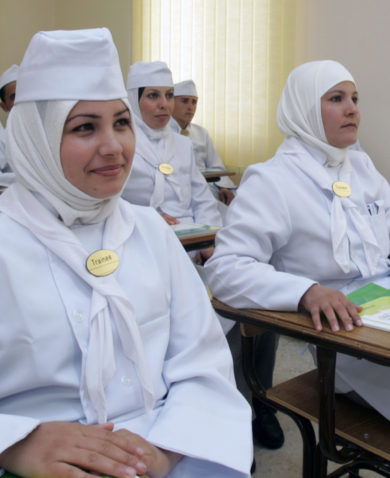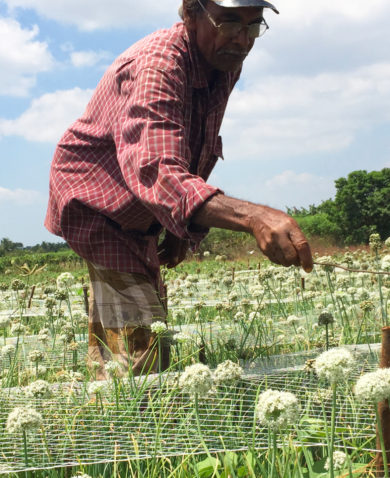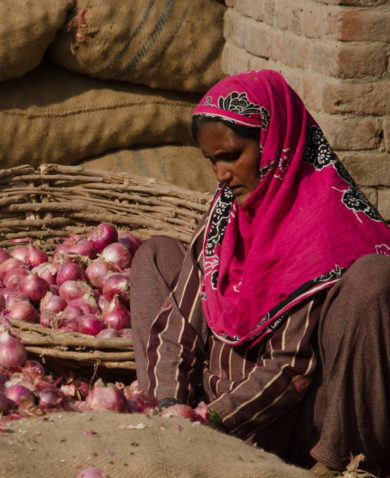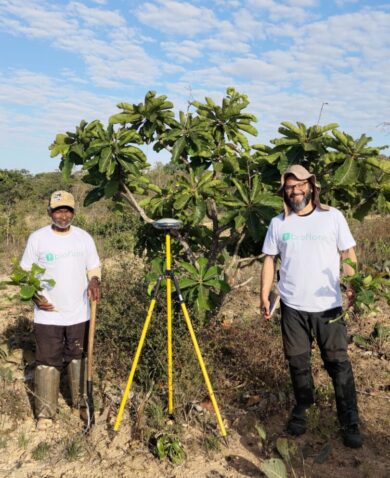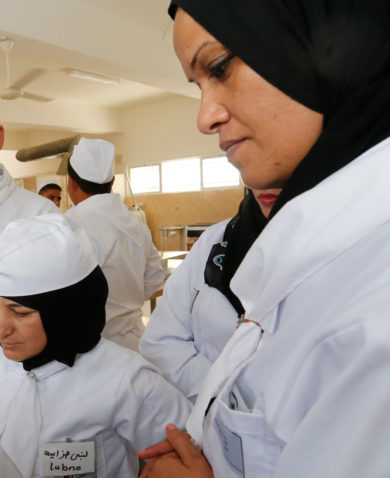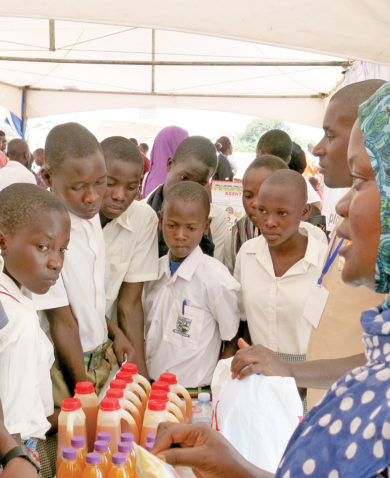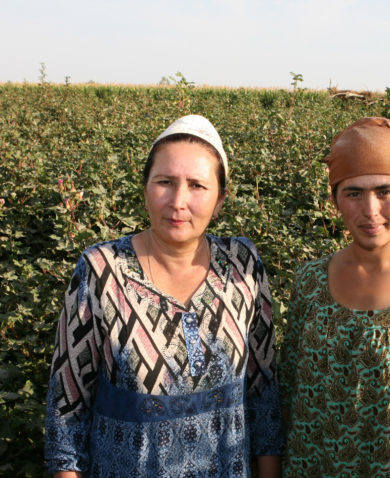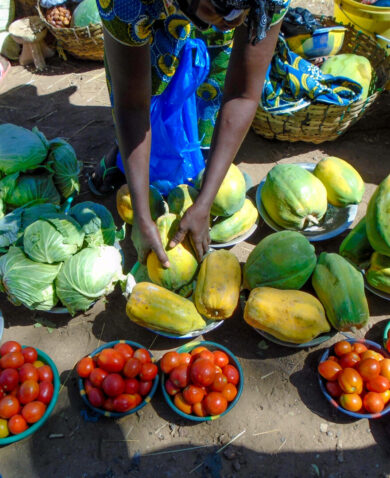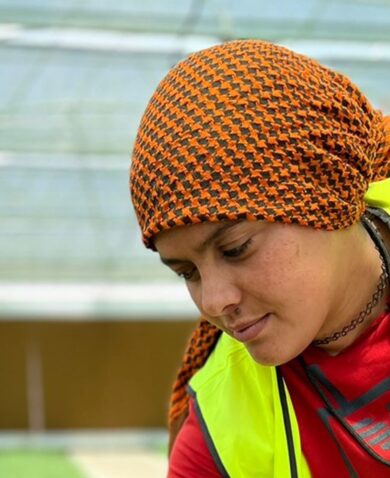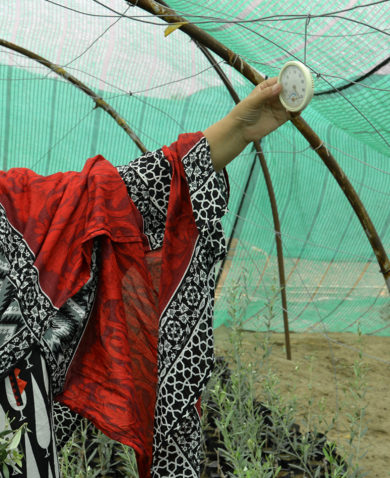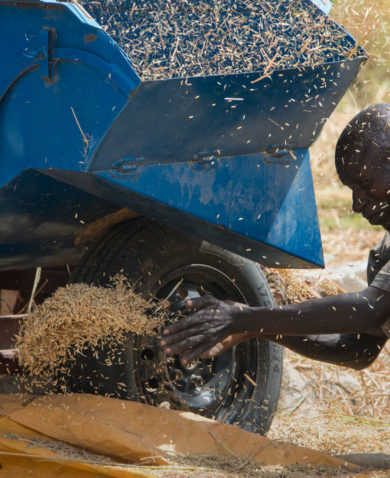One of the factors hindering cooperation between farmers and middlemen has been traders’ and village agents’ lack of transparency about market information, such as quality-differentiated prices. This lack of information puts farmers at a disadvantage and fuels suspicions of middlemen’s business practices.
To incentivize greater transparency, the team is cooperating with the traders’ main clients — exporters — to promote the value of information-sharing. As a result of these efforts, traders are making long-term commitments to transparency and providing price information to farmers. Farmers, incentivized by the promise of premium prices for high-quality produce, have in turn committed to supplying village agents and traders with high-quality crops, giving traders and village agents the confidence to invest in farmers.
As of February 2014, 115 traders and 613 village agents are involved with the activity. The aim is to scale-up to 182 traders and 3,000 village agents and to reach 400,000 farmers by 2015.
“Working with farmers has made life easy for us now,” said a trader in the Jinja district. “We are part of the production because we now teach them how to produce and guide them on post-harvest handling as a result of the coaching we received from USAID. We are now confident to provide money in advance to such farmers because we are sure of the quantity and quality.”
The Chemonics team has also been building relationships through value chain actor meetings, where producers and middlemen gather and share information about their services, and demonstration plots in maize, coffee, and beans. In little more than a year, the activity has brought together 115 traders, 613 village agents, 17 processors, and 83,850 smallholder farmers in management of more than 1,000 demonstration plots. The plots have helped position traders and village agents as valuable partners and service providers, demonstrate the commercial benefits of collaboration, and encourage farmers to adopt sustainable agronomic practices and technologies.
“Village agents and traders are selling genuine and affordable inputs, especially seeds, to farmers as a result of the demonstrations creating demand. This is the kind of relationship we hope to achieve with the facilitative approach, where all parties benefits from interaction and collaboration,” said Mr. McCarthy.
This kind of facilitative value chain approach is always more difficult to implement than more direct interventions because it requires genuine attitude and behavior changes. In the case of Uganda, it is especially challenging given the culture of “donor shopping” that has taken root among value chain actors who have become dependent on development programs, which discourages sustainable business models and entrepreneurial thinking.

